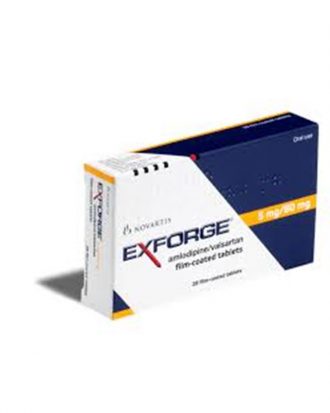Vergon (Inj.) 12.5mg
৳ 5.00
Indications
- For control of severe nausea and vomiting caused by radiation therapy, cancer chemotherapy, surgery, and other conditions.
- Relieving nausea, vomiting and attacks of dizziness or spinning sensations (vertigo) associated with Meniere’s disease and other inner ear disorders.
- For the treatment of psychotic illness such as schizophrenia (hallucinations and hostility).
- Acute mania.
- For the short-term treatment of generalized non-psychotic anxiety.
Therapeutic Class
Anti vertigo drugs, Anti-emetic drugs
Pharmacology
Prochlorperazine is a potent phenothiazine antipsychotic, derivative of the piperazine group, now largely used as an antiemetic and to treat vertigo. The effects of this drug is apparent at all levels of the nervous system. It antagonizes postsynaptic dopamine D1 receptor that activates adenylate cyclase and synthesis of cAMP. It also antagonizes D2 receptors which do not activate adenylate cyclase. It also inhinits pre- and post synaptic adrenoreceptors and also acetylcholine, serotonin and histamine receptors. These various pharacodynamic actions combine to produce not only antipsychotic, but also central antiemetic and sedative effects.
Dosage & Administration
Antiemetic:
Children (not recommended in children <10 kg or <2 years):
- 10-14 kg: 2.5 mg every 12-24 hours as needed; maximum: 7.5 mg/day
- 15-18 kg: 2.5 mg every 8-12 hours as needed; maximum: 10 mg/day
- 19-39 kg: 2.5 mg every 8 hours or 5 mg every 12 hours as needed; maximum: 15 mg/day
Adults: 5-10 mg 3-4 times/day; usual maximum:40 mg/day
Antipsychotic:
- Children 2-12 years (not recommended in children <10 kg or <2 years): 2.5 mg 2-3 times/day; increase dosage as needed to maximum daily dose of 20 mg for 2-5 years and 25 mg for 6-12 years
- Adults: 5-10 mg 3-4 times/day; doses up to 150 mg/day may be required in some patients for treatment of severe disturbances
Nonpsychotic anxiety:
- Adults: Usual dose: 15-20 mg/day in divided doses; do not give doses >20 mg/day or for longer than 12 weeks
- Elderly: Initial: 2.5-5 mg 1 -2 times/day; increase dose at 4 to 7 day intervals by 2.5-5 mg/day; increase dosing intervals (twice daily, thrice daily, etc) as necessary to control response or side effects; maximum daily dose should probably not exceed 75 mg in elderly; gradual increases (titration) may prevent some side effects or decrease their severity. Prochlorperazine may be administered without regards of meal.
Interaction
Alcohol, barbiturate & other sedatives may increase the CNS depressant action. Some drugs like Antacids, antiparkinson’s drug, lithium may interfere the absorption of Prochlorperazine. This drug may interfere the plasma concentration of Propanolol, Phenobarbital.
Contraindications
Hypersensitivity to prochlorperazine or any component of the formulation, severe CNS depression; coma; should not be used in children <2 years of age or <10 kg.
Side Effects
Drowsiness, jaw, neck, and back muscle spasms, fine worm-like tongue movements, rhythmic face, mouth, or jaw movements, slow or difficult speech, difficulty swallowing, restlessness and pacing, tremors, shuffling walk, skin rash, yellowing of the skin or eyes.
Pregnancy & Lactation
No evidence of adverse effects of this drug has been reported during pregnancy & lactation.
Precautions & Warnings
Caution should be taken while performing tasks that require alertness, such as driving or using machinery. Use of alcohol can cause extreme drowsiness. This medication may increase sensitivity to sunlight. Prolonged sun exposure should be avoided and a sunscreen and protective clothing should be taken when anybody is exposed to the sun. This medication can reduce sweating making more susceptible to heat stroke.
Overdose Effects
Symptoms of overdose include deep sleep, coma, extrapyramidal symptoms, abnormal involuntary muscle movements, and hypotension.
Storage Conditions
Store in a cool and dry place, protected from light and moisture.





Reviews
There are no reviews yet.